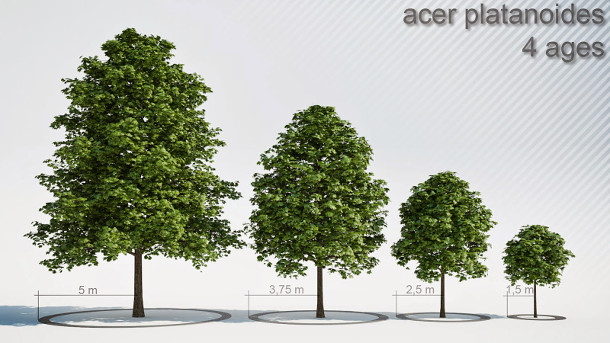


The first thing you have to ask yourself is what you're using the trees for, as this can dramatically effect what you're looking for. In this video, we're going to talk about some of the options you have available in SketchUp to add trees and vegetation to your models. THE SKETCHUP ESSENTIALS COURSE – PRE-ORDER TODAY FOR 40% OFF! If so, please consider supporting me on Patreon (click here to support) or by visiting my Support the Show Page! In this tutorial, we're going to talk about some of the places you can go to get trees for use in your SketchUp models!ĭo you like these SketchUp tutorials and videos? Use v-ray mesh export on trees in exterior rendering for lighter file size and smoother rendering. WHERE TO GET TREES for your SketchUp Models Any scene with large numbers of proxies will benefit from using this tool. This tool has speed up your workflow on large scenes 10 fold. It allows you to control the display modes of V-Ray proxies in your scene.
Vray Proxy Tools is the scripts made by Dave&Goliath. You can select color values on the screen by the combination of sRGB (0–255) or Rendering (0.0–1.0) color space as well. Vray Proxy Trees Free Download For Windows 7. Vray Proxy Trees Free Download Softonic. Then you will need to assign it V-Ray materials (which you can take either from the library or create them by yourself). Therefore, in v-Ray for Revit, the proxy appears first in colors. vrmesh format doesn't keep information about the proxy materials, it keeps only its material IDs. Therefore, they are visible only at render time. Note that proxies don't have visual representation in the Revit viewport. vrmesh, you can drag&drop it in the V-Ray Asset Browser. Note that if you only specify a name for the vrmesh, the output file will be saved to C:\Program Files\Chaos Group\V-Ray\V-Ray for Revit\tools and in case you specify a path, the vrmesh will be saved there.ĥ. The path to it will appear automatically. See the correct syntax for the command prompt on the attached image. How to do this: open File Explorer, go to the tools folder, then click on the File Explorer address bar (the bar where you see the path written), type in "cmd" and click enter. Basically, all you need to do is to run a command prompt from the ply2vrmesh tool location, which is C:\Program Files\Chaos Group\V-Ray\V-Ray for Revit\tools. You can find plenty of such files online.ģ. vrmesh, visit our help page here: Ī very common format is the. For a list of all supported file formats, which can be converted to. vrmesh using the ply2vrmesh.exe converter. Therefore, you will need to convert some other files to. vrmesh, you can either drag&drop it over the RPC you want to replace, or you can navigate to it using the file browse dialog that pops up in the RPC Proxies tab of the V-Ray Asset Browser.Ģ. To replace an RPC with a V-Ray Proxy first you need to have a proxy, i.e.






 0 kommentar(er)
0 kommentar(er)
